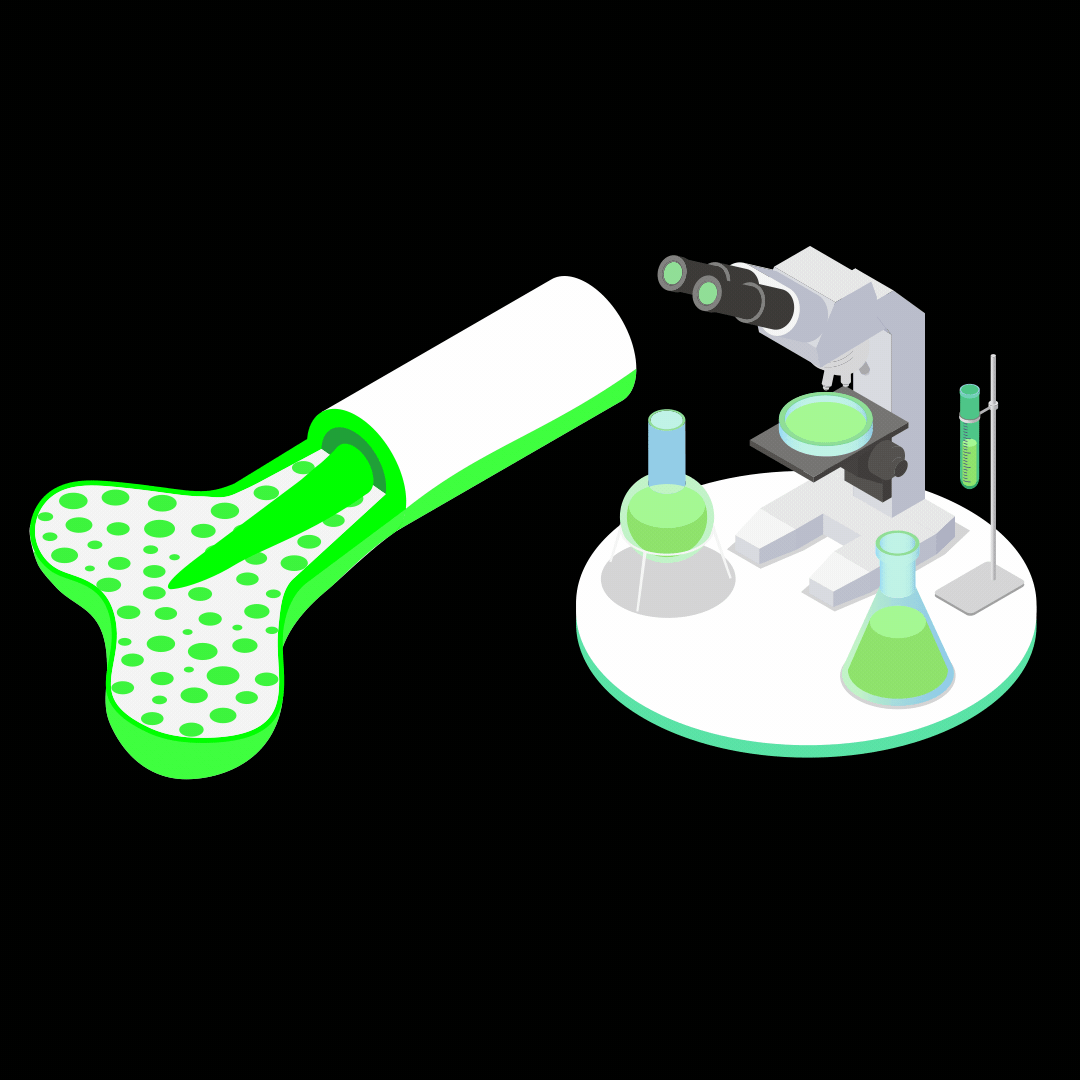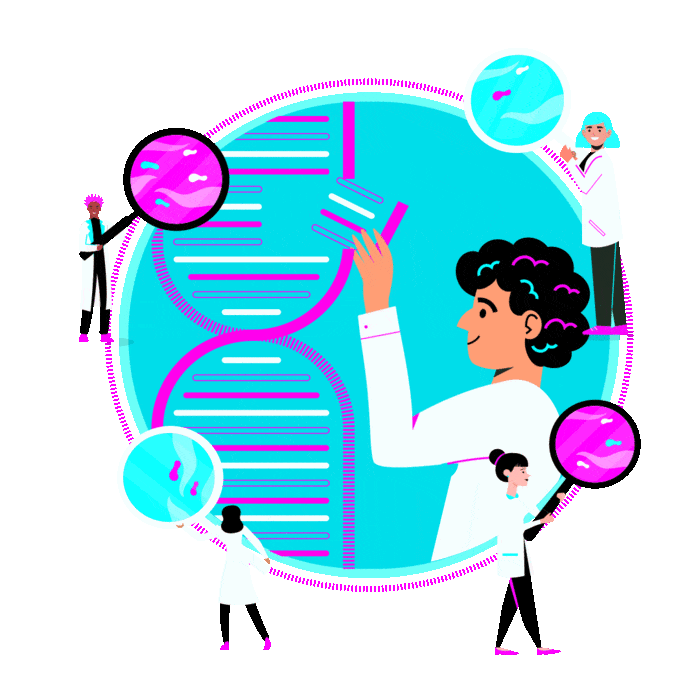
with Ella Hubber


The UK has the 5th highest incidences of type 1 diabetes (T1D) in the world, with 24.5 cases per 100,000 individuals.
T1D is an autoimmune disorder in which insulin-producing β-cells are destroyed by the patient’s immune system. β-cells are found in clusters of hormone producing cells in the pancreas called islets of Langerhans.


The replacement of β-cells through the transplantation of isolated islets from donors is a minimally invasive and very promising treatment for T1D. Up to half of patients who receive islet transplantation achieve and remain insulin independent 5 years on.
However, the widespread use of this therapy has been limited by the loss of islet function and survival post transplantation.
How can stem cell research help?
Ella’s research focuses on using a type of adult stem cell called mesenchymal stem cells (MSCs), to support and improve islet function and survival but many other methods of improving the islet transplantation process are also being researched around the world.



The game below takes a look at the most successful organ route to transplant islet cells
There are many influences that might make one transplantation route better than another such as the immune system attacking the transplanted islets, the available oxygen supply, insulin reaching the correct tissues, and organ accessibility during surgery.


About Ella Hubber
Ella is a PhD student on the Wellcome Trust Cell Therapies and Regenerative Medicine Doctoral Training Programme at King’s College London.
She is in the final year of her research studies in the Department of Diabetes with supervisor Professor Peter Jones. Outside of the lab, Ella is very involved in science outreach and communication, from tutoring with the Brilliant Club to talking to members of Parliament at STEM for Britain.
She was recipient of the Royal Society of Biology’s Outreach and Engagement award for new researchers in 2020 for creating an interactive exhibition based on her research in collaboration with digital arts students from Goldsmith’s university. It is this project that has been adapted to an online game for the Royal Society.







